Felt covered the floor: thick but small red cut-outs, long rectangles of grey and black, big rolls of white. The artist Robert Morris, who died last week at the age of 87, sent these from his Hudson Valley studio to Castelli Gallery in New York City’s Bryant Park in early February 2018. Now, on the evening of 9 February, the artist and dancer Simone Forti was moving among them, holding pieces of red next to her cheek, swaying with the heavy rolls of white. Morris had meant to make it down earlier in the week, so that he and Forti – married from 1956 to 1962, the years that brought both of them into the New York art world – could consult each other as Forti rehearsed among his work. Instead Morris, recovering from pneumonia, missed the rehearsals and the first performance, in which the 83-year-old Forti caressed a red, rounded shape, and rolled on the floor beneath a sheet of grey while talking about intimacy and distance. ‘I don’t worry about the universe,’ she said. ‘I concern myself with my dear ones. That’s where I care the most.’
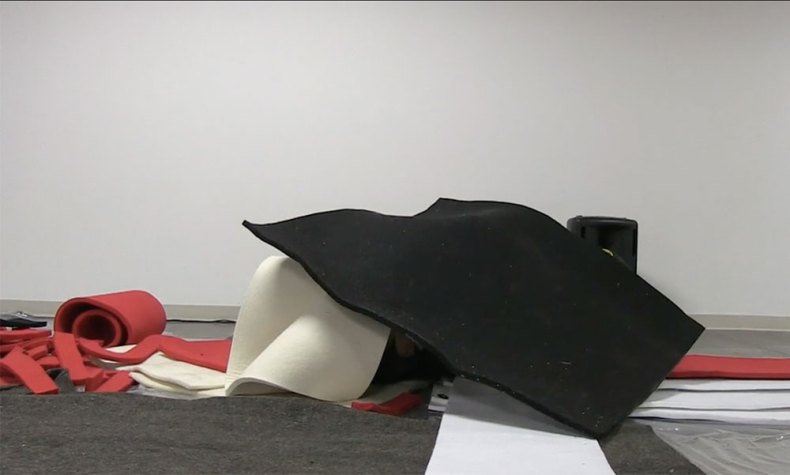
Simone Forti with Obstructions by Robert Morris (2018), Simone Forti and Robert Morris, video still of performance at Castelli Gallery, New York, 9 February, 2018. Video produced by Jason Underhill. Courtesy Castelli Gallery; © Robert Morris/Artists Rights Society (ARS), New York/DACS, London 2018
The next night, Morris, recovered enough to travel, sat in the audience for a much more cerebral performance. Instead of intimacy, Forti spoke of geopolitics while unfurling, lying, and crawling on Morris’s shapes. Barbara Bertozzi Castelli, who has worked Morris since her husband Leo Castelli’s death, had commissioned these performances, which the artists titled Simone Forti with Obstructions by Robert Morris. They blurred together the parts of Morris’s oeuvre too often treated as separate: polemical Minimalism and sensual, playful collaboration.
Morris was born in Kansas City, Missouri, in 1931. He moved to San Francisco in the 1950s where he studied at California School of Fine Arts and participated in movement workshops with Anna Halprin and met Forti, who also studied with Halprin. He and Forti hosted their own complementary workshops at their apartment, inviting poets, painters and dancers over to experiment with sound, lighting and movement. The couple moved to New York in 1960. There, Morris began building the simple plywood structures that would become central to early conversations about minimalism, all while helping Forti construct sculptural props for her performances. In 1961, Morris performed in Forti’s See-Saw, in which a man and woman ride an oversized see-saw — he read a magazine at one end while Yvonne Rainer screamed from the other. When the Judson Church on St Mark’s Place in New York became a performance venue, Morris and film-maker Robert Huot performed War (1963) there. Both made their own armour and weapons and ceremonially fought in the church basement. At the same time Morris built plywood boxes and grey painted polyhedrons, stark, pared down forms that aligned him with minimalist peers like Carl Andre and Donald Judd.
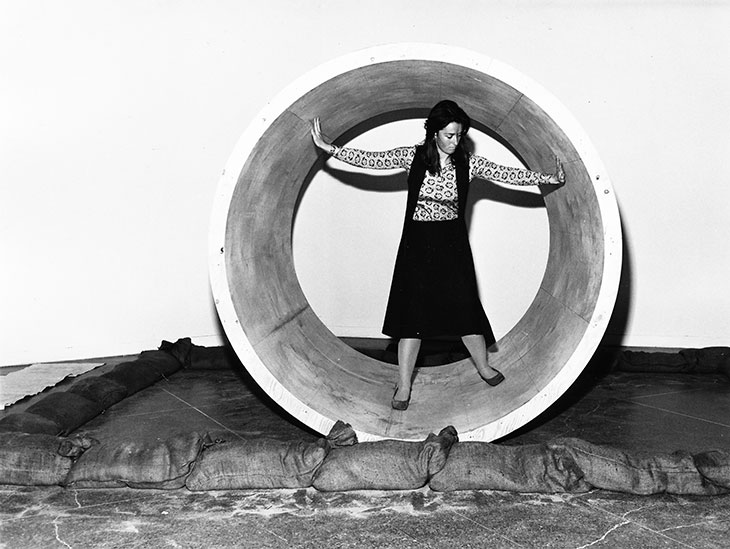
Installation view of ‘Robert Morris: Bodyspacemotionthings’ at the Tate in 1971. Courtesy Castelli Gallery; © Robert Morris/Artists Rights Society (ARS), New York/DACS, London 2018
His own writing also tied Morris tightly to minimalism – he wrote Notes on Sculpture I, II, and III (1966, 1967, and 1969) and Anti-Form (1968) with the inspired eagerness of a graduate student, set on proving his relevance – and, as his career progressed, led to the downplaying of his legacy as an experimental performer. But it also led to him being seen as inconsistent, ‘the ficklest of artists’, as the Washington Post critic Paul Richard put it in 1994. His playgrounds, like the one he built at the Tate in 1971, or the draped felt with words like ‘paranoid’ carved into it, struck certain critics as too lax for a ‘founder of minimalism’ (which is how some obituaries have described him).
The felt he selected for his collaboration with Forti this year came from his collection of beautiful refuse, cut away from his large draping sculptures yet too compelling to discard. On 10 February, the day after the final performance, Castelli Gallery hosted a panel discussion. Bertozzi Castelli sat up front with Forti and Morris’s daughter, Laura Morris; he interjected from the audience. Someone in the crowd asked why they had called their performance ‘with obstructions’.
‘It just has a nicely negative sound,’ said Forti. ‘Bob says that art has to have—’
‘A negative edge to it,’ finished Morris.
‘A wounding negative edge,’ added Forti, but now both artists were smirking, knowing that the performances had reordered and reinterpreted Morris’s material in a manner far more nurturing than wounding.
‘It gave me some new ideas,’ Morris said.
Unlimited access from just $16 every 3 months
Subscribe to get unlimited and exclusive access to the top art stories, interviews and exhibition reviews.


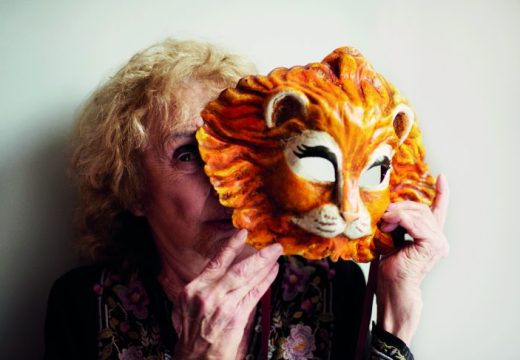
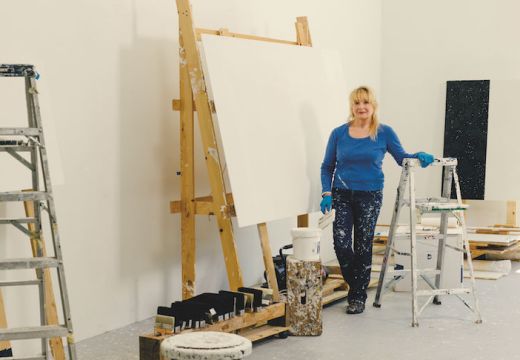
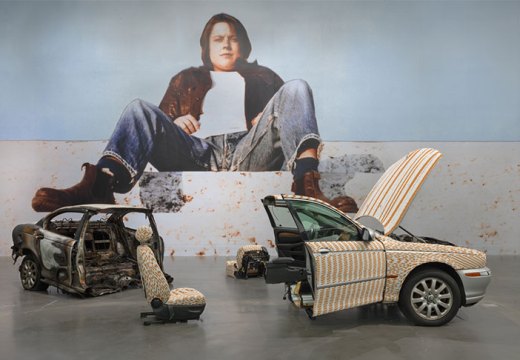









![Masterpiece [Re]discovery 2022. Photo: Ben Fisher Photography, courtesy of Masterpiece London](http://www.apollo-magazine.com/wp-content/uploads/2022/07/MPL2022_4263.jpg)
Why are fathers so absent from art history?